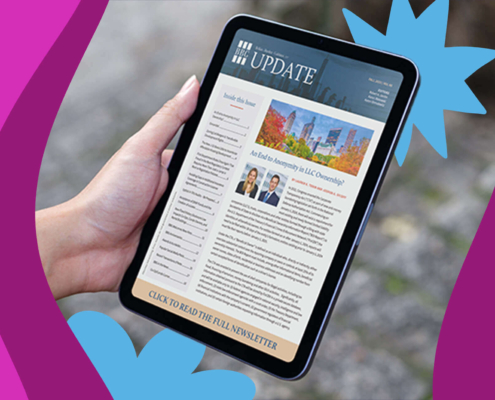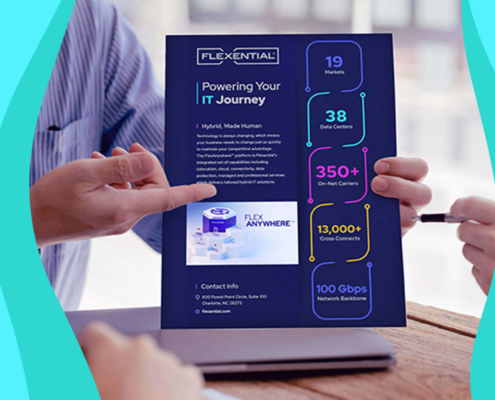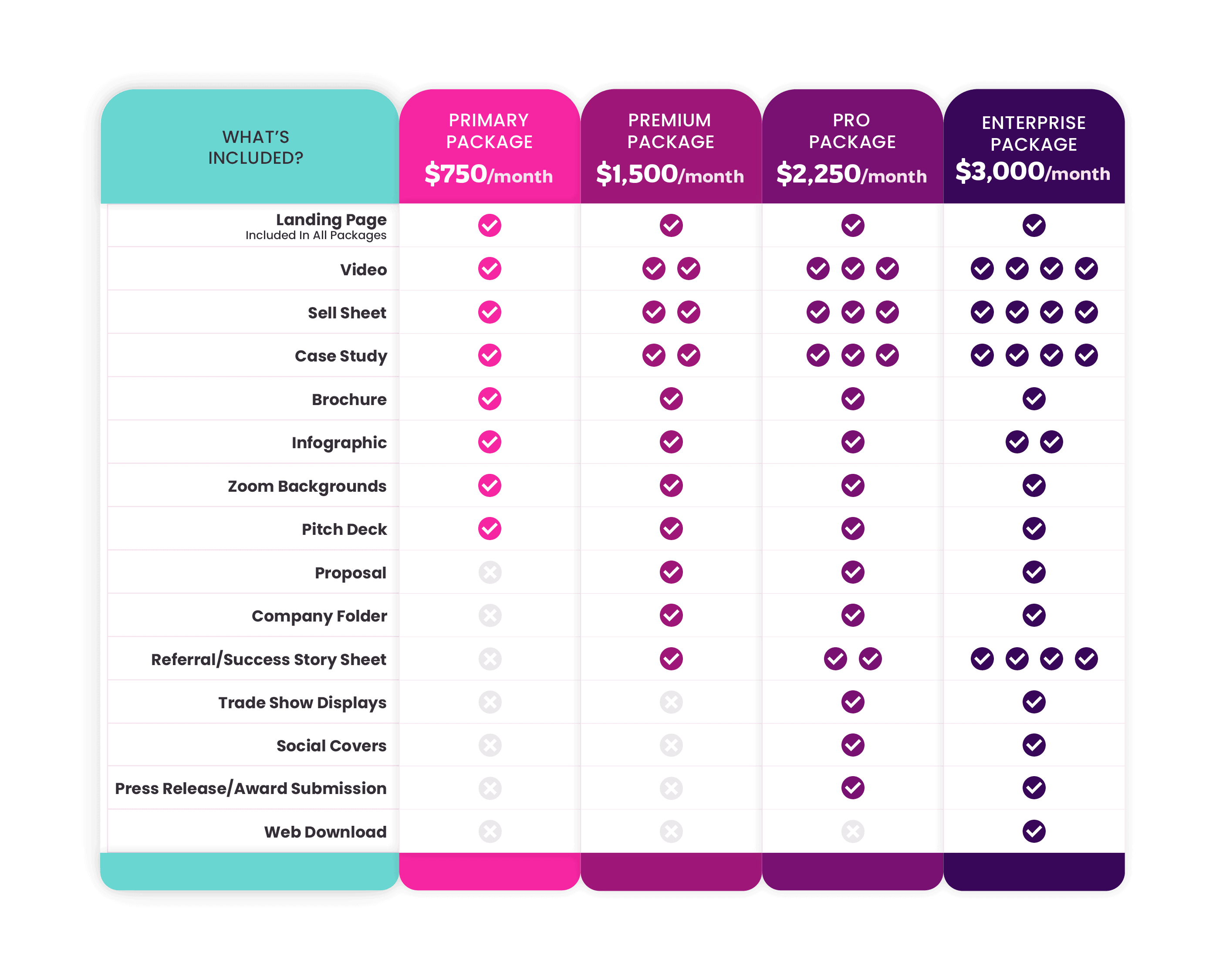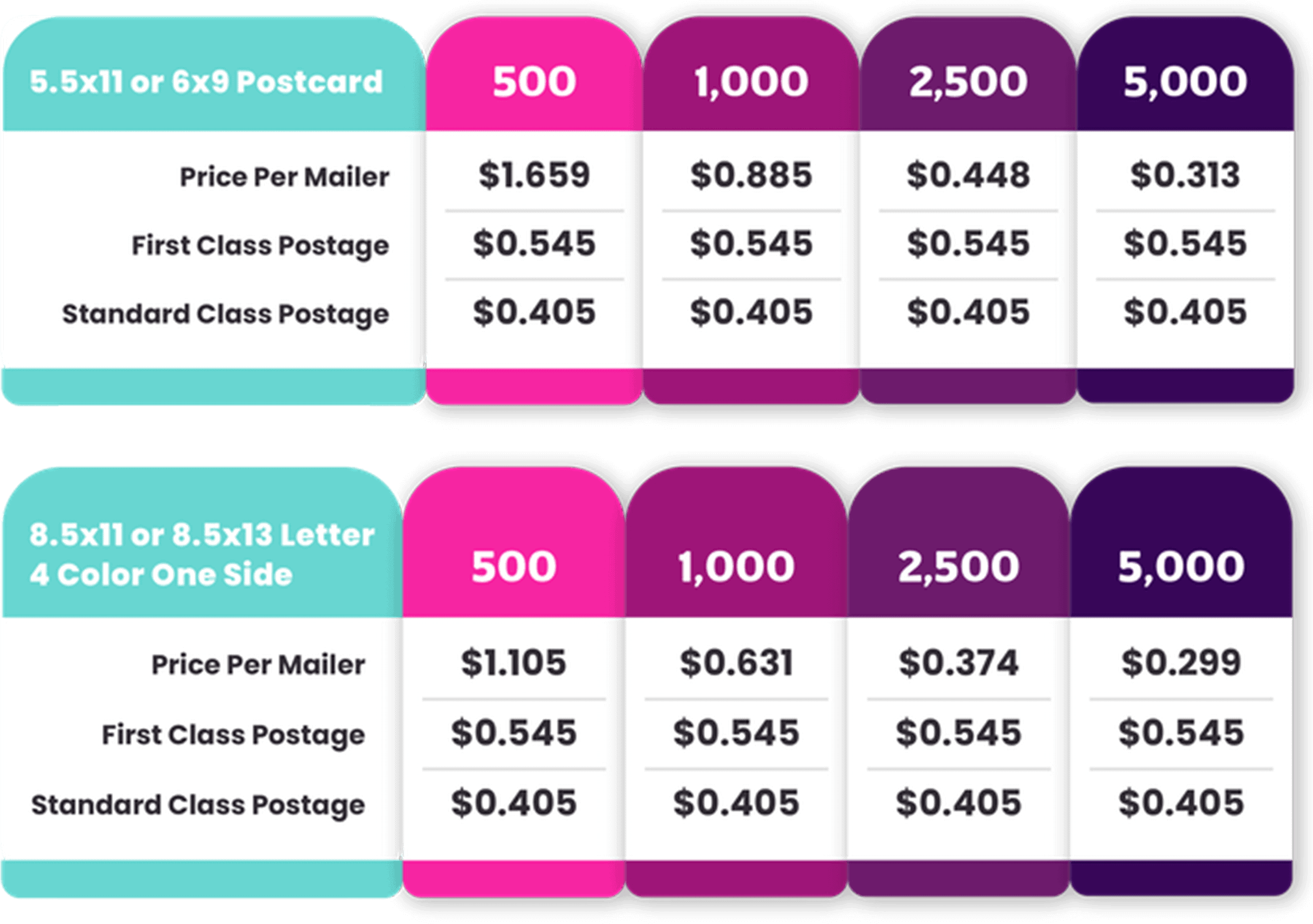Interactive Elements to Include in Your Next Print Marketing Campaign
Traditional print marketing isn’t dead—it’s changing. The usual words on a page are being enhanced with interactive features, some digital, others purely tactile. Additions like QR codes, pop-outs, and even augmented reality (yes, you can use AR in print marketing!) encourage readers to engage with a brochure or other form of marketing collateral on a deeper level. These activate more of the reader’s senses and create a fully immersive experience.
Let’s dive into some definitions, examples, and best practices.
What Is Interactive Print Marketing?
Interactive print marketing turns a passive reading experience into a dynamic one, incorporating elements that are physically engaging and better connect the prospect to your brand. It’s all about offering more than what meets the eye. QR codes, augmented reality elements, pop-outs, and scratch-offs invite your audience to participate with the marketing material in a more meaningful way.
Everything nowadays is read on a computer or phone screen, it seems. The resurgence of print marketing in the digital age comes from the growing novelty of printed materials—in short, print is something unique again. Interactive print marketing doesn’t completely abandon the digital, however. It combines the digital with the tangible, giving marketers a way to differentiate themselves in a noisy and crowded digital world.
Exactly How Effective Is Interactive Print Marketing?
QR Codes
According to coolest-gadgets.com:
- 84.62% of people have scanned a QR code at least once in their lifetime.
- The QR code coupon redemption market is on track to reach $5.3 billion globally by 2025.
- QR code scanning in marketing and advertising increased by 323% in 2023.
More and more businesses are using QR codes to boost customer engagement, make purchases smoother, and offer quick access to promotions and information. The rapid increase in QR code use shows that they’re becoming a key part of today’s marketing strategies because they provide a flexible and efficient way to connect with tech-savvy consumers.
Augmented Reality
- Print marketing with an AR experience typically achieves an engagement rate of over 40% (aircards.co).
- AR-based direct mail campaigns increase response rates from 2–3% to 35% (USPS).
With interactive content that people can explore and play with, AR not only makes the user experience more fun but also encourages them to interact more with the brand. This extra engagement leads to higher response rates and more successful marketing campaigns.
What Interactive Elements Should You Consider Using?
Now that we’ve defined interactive print marketing and demonstrated how effective it is when used in marketing, let’s take a look at types you can use and best practices for implementing them:
QR Codes
A QR code is an element on the page that, when scanned with a smartphone, directs the reader to a website, landing page, social media profile, or order form depending on the goal of your marketing campaign. Including this on your printed materials continues the interaction beyond the confines of the page. The reader has a sleek, tangible piece of collateral to reference plus an easy digital way to further explore your offerings or brand—the best of both worlds!
Best Practices for QR Code Placement & Usage
- Visibility – Put the QR code on a part of your printed materials that is easy for people to see. Make sure it doesn’t look cluttered with other design elements, and only use one per material to keep things simple. Lastly, make it big enough so people can scan it easily—a small code might not work properly or be frustrating to use.
- Instructions – Not every reader will be familiar with using QR codes. Include simple, step-by-step instructions for how to scan the code, like this:
1. Open your phone’s camera app
2. Point the camera at the QR code, centering it in the view
3. Wait for your phone to recognize the code and display a notification
4. Tap the notification to be sent to the associated link - The Destination – Your QR code should take the reader to a place where they can learn more info, not just rehash the same stuff covered in the printed material. This could be exclusive content, a discount, or a product guide, to name a few possibilities.
Augmented Reality (AR)
Augmented reality and print marketing might seem like an odd couple, but they’re actually a dynamic duo that’s gaining momentum. AR layers digital content over tangible materials to create a more captivating experience for customers. It also includes detailed analytics to help marketers gather insights about customer preferences, behaviors, and communications.
So, what does that really look like? AR interactive print marketing could be a business card that displays more content on your smartphone when you hold it up to the phone’s camera, showing you more than what can be seen with the naked eye. It could be a flyer with an empty space filled by a promotional video when viewed with your phone, or a tradeshow banner that lets booth visitors see a product in action.
AR in print marketing takes many forms. Here are some reasons to invest in it:
- Generate Brand Awareness – AR helps you build an instantly recognizable and memorable brand identity. It demonstrates your innovation and creativity, drawing more attention to your services and strengthening the connection with your customers.
- Improve the Customer Experience – AR creates a more engaging environment for customers to learn about a product/service, boosting response and conversion rates.
- Connect Channels – With augmented reality, you can connect several marketing channels from a single printed piece, forming a unified and smooth customer journey.
Best Practices for AR
- Keep It Simple – Make sure the AR component is easy to activate and interact with. Engaging with it should be roughly as easy as holding up your phone or clicking a link.
- Educate the Audience – It’s likely that few people in your target audience have worked with augmented reality before. Provide clear instructions on how to use these features, or even better, give a quick demonstration if you’re at a live event like a tradeshow or conference.
- Test Repeatedly – Make sure the AR element is compatible across devices and platforms for a simple user experience.
Scratch-Offs & Heat-Sensitive Inks
These give your audience a delightful surprise, shaking up the typical reading experience with a hidden element they can discover. This is a more sensory interaction with your brand that sticks in the reader’s memory longer than if they were just combing through walls of text.
The physicality of watching a color change due to heat or scratching off a panel adds some playfulness and emotional connectivity that make you a standout amongst competitors who are relying on the same old, same old.
Here are a few examples:
- A scratch-off on the back of a brochure revealing a promo code or exclusive offer
- Asking the reader a question, then including a heat-sensitive panel beneath it that reveals the answer when touched
- A map that reveals your service area or locations when exposed to heat
Pop-Ups & Fold-Outs
Pop-ups and fold-outs transform a flat piece of paper into a three-dimensional work of art. These are both visually and spatially stunning, and the reader gets the enjoyment of making it happen themselves by folding and arranging the paper. Pop-up elements could showcase different locations or products, while a square fold-out brochure could transform into a box or paper pen holder. You could even create hidden tabs that people can pull out to reveal a promotional offer, do a playful before and after, and more. The sky really is the limit!
Best Practices for Pop-Ups & Fold-Outs
- Simplicity – Don’t go crazy with the amount of folding, pulling, or popping out the reader has to do. Interactive print marketing materials should be fun and simple—not overwhelming or frustrating.
- Durability – The standard sheet of office paper won’t work here. Choose durable materials that withstand frequent folding and interaction.
- Content Integration – Make sure the pop-ups and fold-outs include content that contributes to the overall narrative of your material. If it’s a brochure talking about your services, the added effects should relate to those in some way.
Design Best Practices for Interactive Print Marketing
- When creating your marketing materials, sticking to best practices can boost how impactful your message is. Here are a few things to keep in mind:
- Balance – Maintain a balance between text, graphics, and interactive elements. One shouldn’t overshadow the others. Not enough text equals not enough information, and too much text overwhelms the reader, for example.
- Accessibility – Choose color combinations, fonts, text sizes, and interactive features that are simple to use for everyone, including those with disabilities.
- Flow – Every design element should guide the reader from one section to the next. Your piece shouldn’t read like a random jumble of facts—it should read like a rich and cohesive brand narrative.
- Visual Hierarchy – Prioritize information with different text colors, sizes, and placements. If the reader is skimming (as many do), this allows them to quickly pull the most important takeaways from the piece.
- Color Psychology – Certain colors evoke certain emotions. Pink conveys compassion and sincerity, while blue conveys competence and trust. Brown equals ruggedness, red excitement and strength. Paying attention to this color psychology is a subtle touch that contributes to the overall experience.
- Consistent Branding – Use consistent logos, color schemes, and messaging throughout your interactive materials.
Experience the Power of Print With Creative Sweets
At Creative Sweets, we turn the average print marketing campaign into an enjoyable journey for your customers and prospects. We deliver brochures, sell sheets, infographics, and more—all based on your company’s unique voice, vision, and goals. Elevate your brand and deepen the connection with your audience by partnering with Creative Sweets. Let’s start creating something amazing together!



















